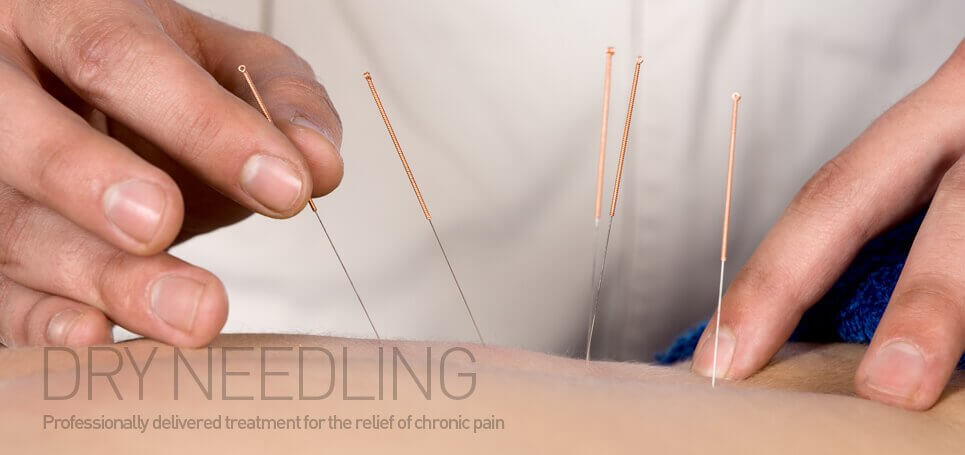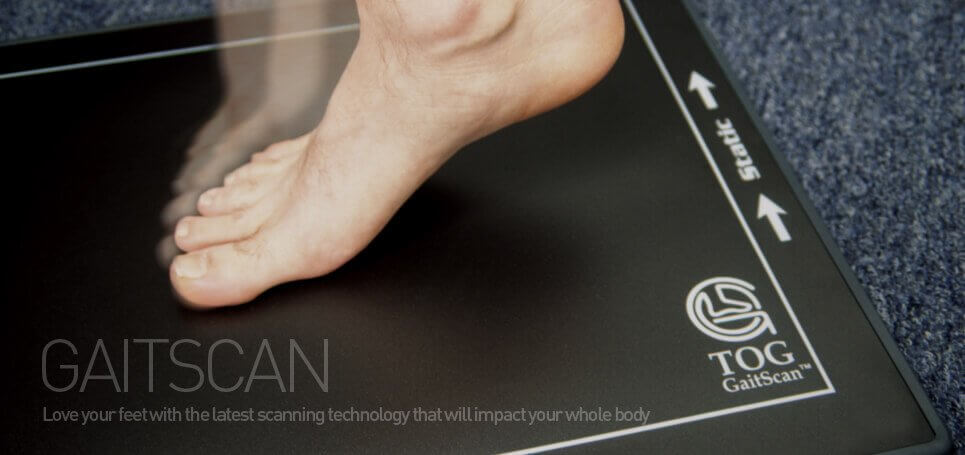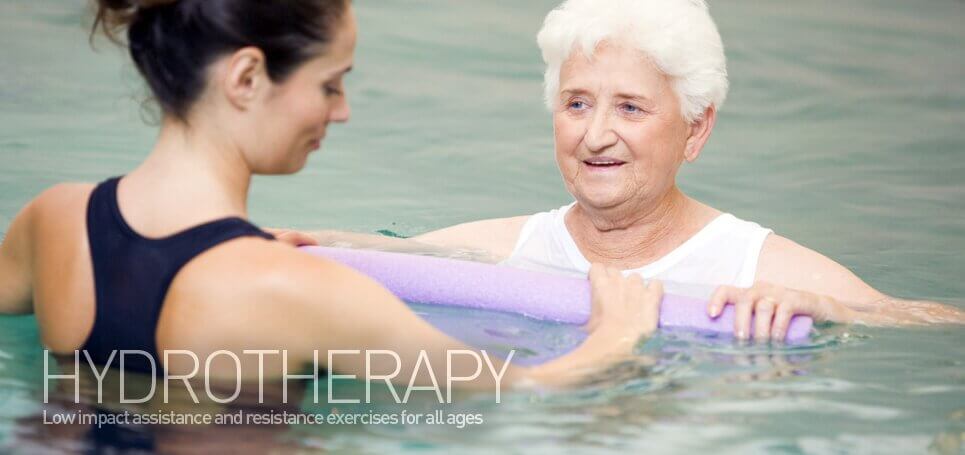Neck and Back Pain
Pain arising from the neck and back are the most
common causes of morbidity in the general population.
These areas have to transfer vast amounts of force
on a daily basis. If these areas are not working optimally
there is a higher likelihood for injury or strain compared
to other areas of the body.
Posture plays a big part in the maintenance and
rehabilitation of the neck and back.
Here at Pro-Fit Physio and Allied Health Centre we
specialise in posture training both in static postures like
sitting and standing and throughout movement as in lifting.
We also run Pilates Programs so that you can improve
posture and stabilise these difficult areas.
Ask one of our physiotherapists how they can help you
Symptoms
Back pain is one of the most common problems experienced by most people at some point in their life as well as encountered in medical practice. It is an important cause of disability, which negatively impacts the daily quality of life, including the performance at work or school.
According to the Australian Bureau of Statistics 2014–15 National Health Survey, around 3.7 million Australians suffer from back problems (1). The frequency of back problems is equal in both males and females and rises with age.
Neck pain can occur along with the upper back pain. In a majority of people, the pain usually subsides on its own after a while. But about 1 in 10 people might keep experiencing it again (2).
Symptoms
Neck pain may occur in a localized area, referred to as axial neck pain. Conversely, it can radiate along the nerve roots, called as radicular pain. Reflexes and muscle strength may also be impaired with radicular pain. Common symptoms of neck and upper back pain include:
- A dull, burning, or sharp pain in the neck
- Muscle tightness or stiffness
- Weakness and tingling in the arms in cervical spondylosis
- Trigger points that can be felt as “taut knots” within the neck and upper back muscles and are painful to touch
- Pain in the shoulder and/or arm
How can physiotherapy help?
Given that most types of neck pain are secondary to poor postures and habits; your therapist will ascertain your posture and then teach you to modify your posture accordingly.
The therapist will work with you to address the pain and restore full neck mobility and flexibility. The therapist will also teach you some beneficial exercises that will help tackle your pain and stiffness. These exercises will
include both passive and active treatments.
Passive treatments are so named because the therapist will do most of the maneuvers without you actively participating. Your therapist will gradually mobilise your neck and help stabilise it. When you are actively engaged, you will perform the exercises by yourself, which will strengthen your neck and upper back muscles, thus preventing the recurrence of pain in these areas.
How to prevent and Self-care?
Limit Strain
- Avoid activities that cause your head and neck to tug forward or bend down for a long time
- Avoid the slouching and forward head posture
- Integrate ergonomic principles into your daily and work life
- Do not lean your head to one side on your hand
- Do not lift heavy weights without a belt on.
- Another good technique is to bend without curling your spine and avoiding pressure on it while picking up something. This can be achieved by using your legs and bending your knees.
Practice Good Posture
A good posture is vital to preventing any type of spinal pain.
An ideal posture is an upright one that keeps your head,
neck, shoulders, and spine straight, and chin lifted.
Stretching and strengthening exercises
Your therapist will teach you a couple of stretching and strengthening exercises that will help build up neck muscles and ward off neck pains and strains in the future.
Additional important habits to follow
- Using a pillow that conforms to the contour of your head and neck and is neither too firm nor too high
- Using a pillow that is higher below your neck than your head when sleeping on your side
- Avoiding shrugging the shoulders too often
- Avoiding sleeping on the stomach
- Getting adequate sleep
- Quitting smoking
Open Academic References List
- Australian Institute of Health and Welfare. Impacts of chronic back problems. Available from https://www.apsoc.org.au/PDF/Publications/20160816_AIHW_Impacts_of_Chronic_Back_Pain.pdf. Retrieved March 5, 2018.
- U.S. National Library of Medicine. PubMed Health. Neck pain: Overview. Available from https://www.ncbi.nlm.nih.gov/pubmedhealth/PMH0084213/ Retrieved March 5, 2018.
FREQUENTLY ASKED QUESTIONS
What to expect at your first appointment
"Most types of neck pain will respond to simple conservative treatments like applying ice compresses to the tender muscles. Alternatively, you can apply heat or opt for a massage therapy, which will ease inflammation, curtail stiffness, and facilitate neck movements. These therapies may also help dissolve the muscle trigger points.
However, if your pain doesn’t seem to resolve with these measures and is impacting your day-to-day activities, you may ask your physician about a referral for physiotherapy."




